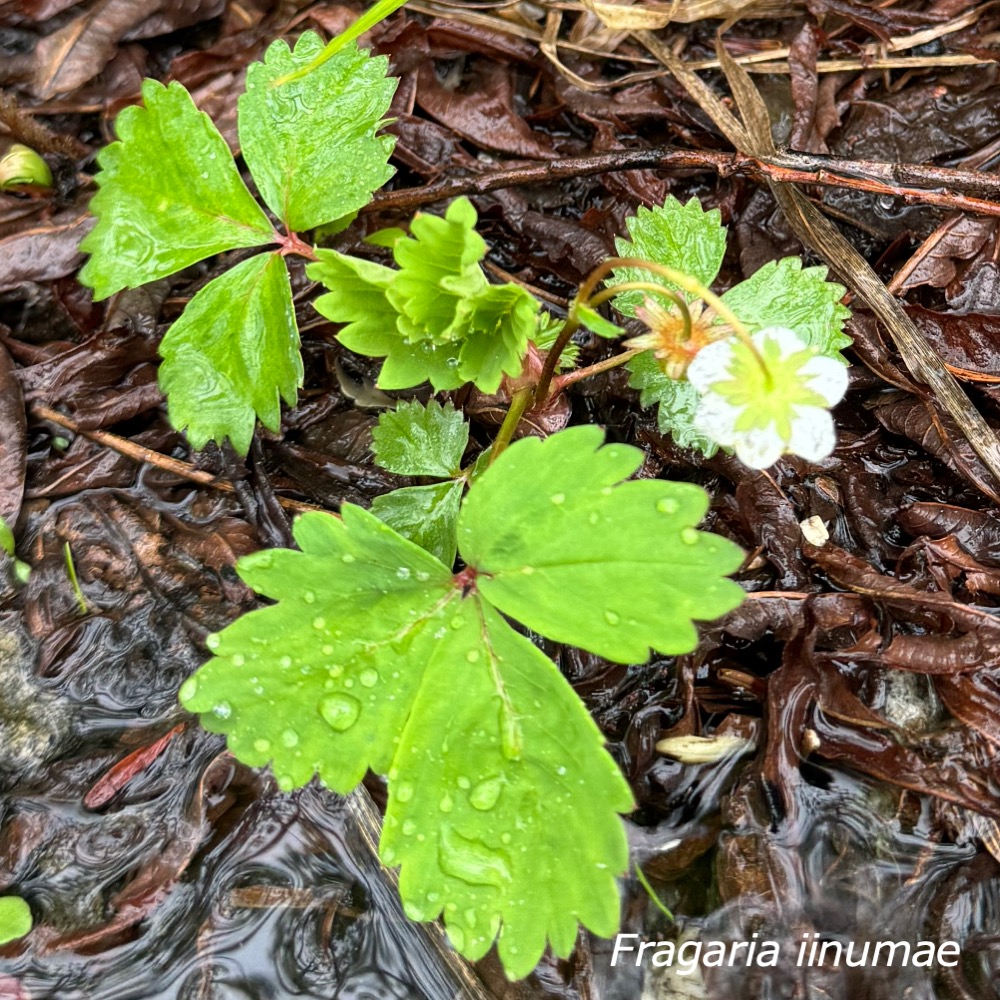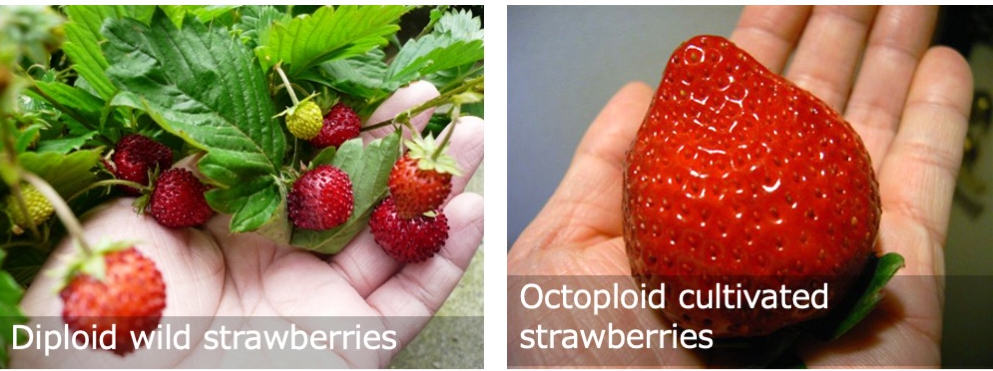Wild Strawberries and Cultivated Strawberries

Approximately 300 strawberry varieties (including those pending registration) are cultivated in Japan, all belonging to the genus Fragaria. Since 2013, significant advancements in genome sequencing have revealed the ancestral species of cultivated strawberries. As of 2023, there are 22 documented wild species, among which F. iinumae and F. nipponica are endemic to Japan and are considered ancestral species included in the subgenomes1 of cultivated strawberries2. While cultivated strawberries are octoploid (2n=56) and produce larger fruits, wild strawberries are diploid (2n=14) with smaller berries, and they typically exhibit less flavor and aroma compared to their cultivated counterparts.

Uncovering the Potential of Wild Strawberries to Enhance Strawberry Cultivation and Conservation

The strawberries commonly available in the market are derived from wild species through selective breeding. Breeding is the process of “enhancing desirable traits while eliminating undesirable ones,” but it does not always allow for the selective retention of only the desired traits. As a result, some “useful genes that may have been discarded during breeding” may be overlooked. The Utsunomiya University Wild Strawberry Project Team aims to collect wild strawberries from their natural habitats across Japan, which are expected to harbor these valuable genes. By utilizing cutting-edge techniques, we will elucidate the functions of genes related to pest and disease resistance, as well as unknown genes, with the goal of advancing strawberry breeding and cultivation practices in the future.
- The genome of cultivated strawberries (2n=56) consists of four types of genomes (subgenomes) inherited from ancestral species. ↩︎
- Fan et al. (2024). Homoploid Hybridization Resolves the Origin of Octoploid Strawberries. bioRxiv. https://www.biorxiv.org/content/10.1101/2024.09.12.612680v1 ↩︎
